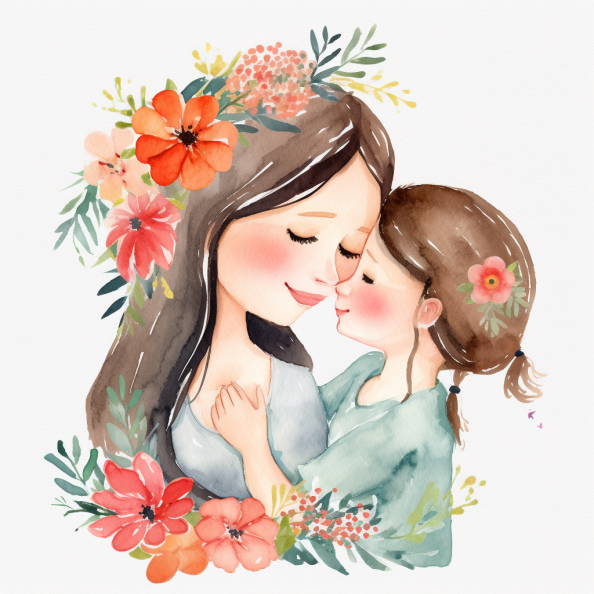
Mother’s Day has its roots in ancient cultures when a mother deity in various guises was honoured. While the Romans honoured Cybele, the mother goddess, the ancient Greeks worshipped Rhea, the mother of the gods. Mothering Sunday was observed in the early Christian church as a day to honour the Virgin Mary and all mothers. In the UK and other parts of Europe, this feast was observed on the fourth Sunday of Lent.
Early in the 20th century, the contemporary Mother’s Day observance was first observed in the United States. Ann Reeves Jarvis, who was a peace campaigner who provided care for injured soldiers during the Civil War, was Anna Jarvis’ mother. In 1908, Anna organised the first Mother’s Day celebration in her mother’s honour. Anna Jarvis thought there ought to be a day set aside to celebrate mothers in general and the contributions they make to society.
On May 10, 1908, Grafton, West Virginia, and Philadelphia, Pennsylvania, observed the first-ever Mother’s Day. The celebration gradually spread throughout the country, and by 1914 it had become a recognised national holiday. Mother’s Day has been observed on the second Sunday in May since President Woodrow Wilson issued a proclamation making that day official.
Since then, Mother’s Day has become a worldwide holiday that is observed in various ways depending on the nation. It is a day set aside in the majority of nations to celebrate mothers and the contributions they make to society and families. On this day, people frequently spend time with their moms and send them cards, flowers, and gifts.
Interesting facts about mother’s day:
- Anna Jarvis, the woman who created Mother’s Day, never got married or had kids. She instituted the celebration in memory of her own mother, Ann Reeves Jarvis, a Civil War peace activist and community organiser.
- On May 10, 1908, in Grafton, West Virginia, Anna Jarvis held a memorial service for her mother at a nearby church, marking the first Mother’s Day as a recognised holiday.
- Mother’s Day in the United States is officially observed on the second Sunday in May, per a proclamation signed by President Woodrow Wilson in 1914. This day is also Mother’s Day in several other nations.
- Flowers are the most popular Mother’s Day gift. Given that more than 60% of American individuals buy flowers for their moms on Mother’s Day, it is actually the busiest day of the year for florists.
- Greeting cards are the second most popular Mother’s Day gift. Mother’s Day cards cost Americans $2.6 billion annually, according to estimates.
- Mother’s Day is observed in more than 40 nations around the world, including several in Europe, Canada, Mexico, Australia, and Japan.
- Mother’s Day is observed in Thailand on August 12, which also happens to be Queen Sirikit’s birthday. Queen Sirikit is the mother of the reigning monarch.
- Mother’s Day is commemorated in Ethiopia during the three-day Antrosht celebration, which is held in the autumn and celebrates motherhood and family.
- The animal kingdom also honours mothers on Mother’s Day. For instance, it has been seen that meerkats and elephants demonstrate love and care for their mothers and other family members.
- The carnation is Mother’s Day’s official flower. Because the carnation was her mother’s favourite flower, Anna Jarvis decided to use it as the holiday’s emblem. She also held the opinion that different hues of carnations had distinct connotations: white symbolised purity and love, pink represented the love of a mother, and crimson represented the love of a mother who has passed away.
